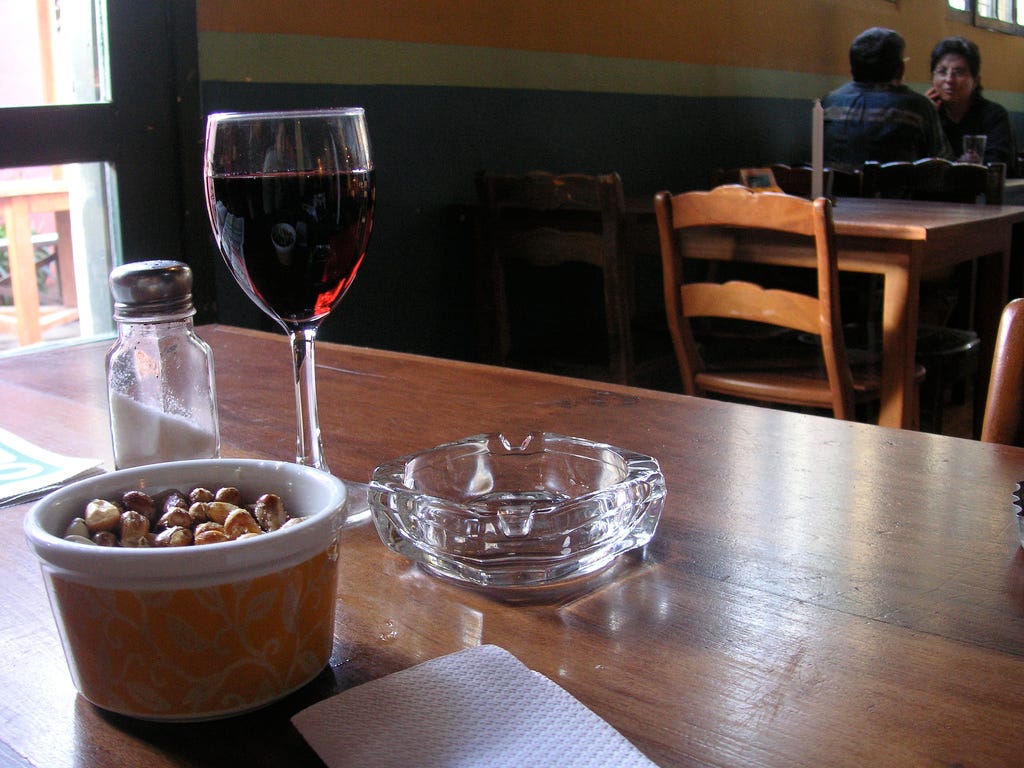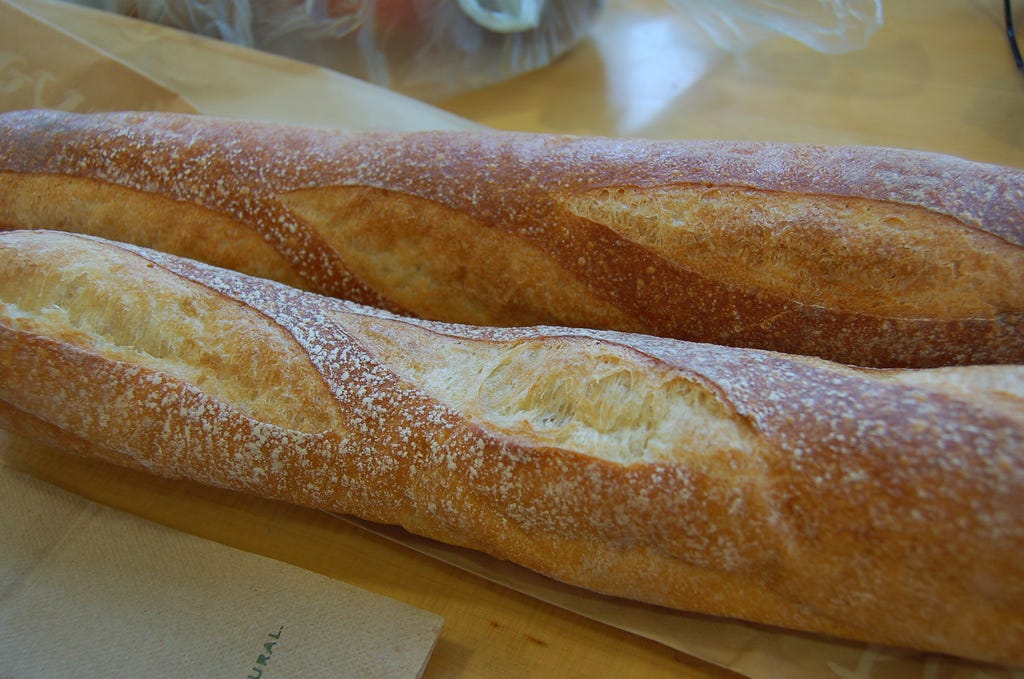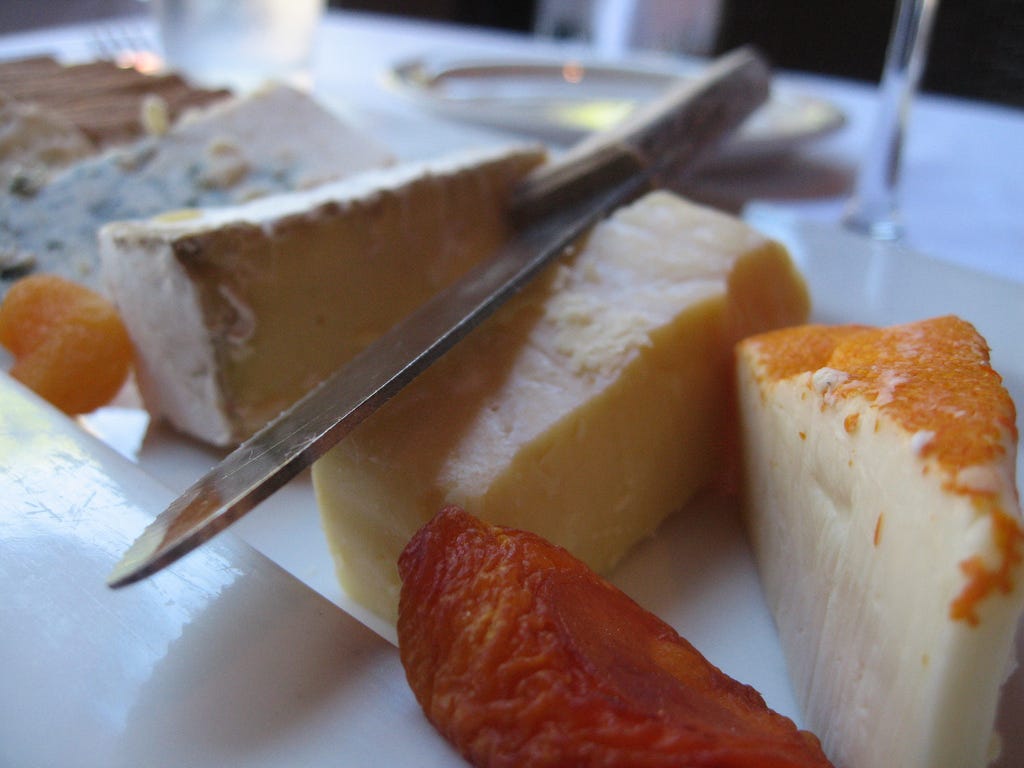13.52 - French History, French Women, Manners, Fromage & knowing how to handle it
Let's dive into two interesting periods of French history: Great Women of France & Napoleon Great advice about fromage & French table manners. Don't make a 'faux pas' if possible: so simple to avoid.
Today at a Glance: your FREE weekly newsletter
Guide to Manners in France - Fromage and more
Recently published articles: MyFrenchLife™ Magazine: Great French Women and Napoleon
Thank you so much for your support…
Chère amie, ami
If you’re enjoying this ‘le Bulletin’ please consider supporting my efforts by upgrading your subscription, maybe, you could even consider giving a le Bulletin subscription to a family member or friend.
Merci. Judy - 30.12.23
Who’s today’s featured Contributor - Emily Monaco
Emily Monaco is the author of the article below about manners in France. Here Emily introduces herself:
Born and raised in New York, I fell in love with France young and have been based in Paris for over 15 years. I am a professional freelance writer, tour guide, and cheese connoisseuse, as well as the host of Navigating the French and co-host of The Terroir Podcast. Follow me on Instagram and sign up for my newsletter for my favorite bites and more from Paris.”
Emily is also a contributor to MyFrenchlife Magazine, you can read more in her column here: ‘The Wonder of Fromage – Unveiling One French Cheese at a Time’
1. Guide to Manners in France - by Emily Monaco
You’ve just been invited over for lunch at a French family’s house. Your mouth immediately starts watering at the thought of homemade pâté, perfect vinaigrette, melt-in-your-mouth stews, and impeccable desserts… But then you start to quake at the thought of offending your hosts in some small way.
But there’s no need to fear. The answers to all of your questions are here… as well as some you didn’t even know you had!
Gifts for French Hostesses
The most common hostess gift in France is wine. If you head into the Paris metro at around 7 p.m. on a Friday, you’ll see hoards of young men with a bottle of red tucked under their arms.
If you’re worried about choosing a bottle, you could also opt to bring a dessert, a riskier choice as the hostess may already have something planned.
Try macarons or other mignardises (Petit four), which will be welcome to serve with coffee.
Apéritif
The first part of a traditional French lunch or dinner is an aperitif, or cocktail. Traditional apéritifs include Pastis, often mixed with mint syrup and diluted with water, and kir, white wine with a touch of cassis.
Aside from kir and some sweet whites, wine is not traditionally offered at apéro. Don’t ask for wine unless it’s offered… it will come later!
Your Hands - exercise care…
Once you’ve gotten to the table, you’ll come face-to-face with perhaps the most difficult thing for Anglo-Saxons to manage: in France, your arms should always remain on the table… but that doesn’t mean you should be leaning on your elbows! Rest your forearms on the table when you’re not eating; folding your hands in your lap is considered rude.
This brings us to your cutlery. In the States, politeness dictates that after the meat is cut with the right hand, the knife is put down to make way for the fork. In France, keep your knife in your right hand and your fork in the left at all times. There should be no real reason to have empty hands during a course… unless, of course, you need to gesticulate!
Bread - not as you may think
Bread in France is served with the meal, not before. A whole baguette (or several!) is often placed on the table.
If possible, slice bread from the loaf rather than ripping it. You can wipe your knife on bread that you already have, to clean it off before slicing it into the common loaf. If, however, you have no bread and a dirty knife, ripping a piece is acceptable.
However, when you acquire your bread, do not place it on the plate, but rather on the table.
Cutting the Cheese
As the cheese plate is passed around, bear a few things in mind:
A cheese plate is not an invitation to help yourself with some of everything. You’re meant to choose two or three at most.
Each cheese begs to be sliced differently.
For round cheeses like Camembert, cut a wedge starting in the center.
For pointed cheeses, like Brie, cut diagonally from the point, to obtain an obtuse triangle (see? Geometry is useful!). The piece left on the plate will remain a triangle, albeit slightly askew.
For rectangular cheeses with a rind, like Comté, slice through both rinds. Once the cheese is on your plate, remove the small pieces of rind from your piece with the knife.
For wedge-shaped cheeses like Roquefort, cut neither at the thick end nor at the thin end, but through both lengthwise, so that you have a triangle.
Take cues from your host; rules may vary depending on the family. And, of course, remember to enjoy yourself! Bon appétit!
Image Credits:
1. Paul Scott
2. Beatrice Murch
3. Snowpea & bokchoi
4. Ron Dollette
Did you previously know how to cut cheese - properly? And what about table manners in France? I always have difficulty with where to put my hands when eating - you?
2. Recent articles from MyFrenchLife Magazine
Great Women of France: 16th century & before – Part 1
Introducing a new fascinating mini-series by Contributor Keith Van Sickle.
Great Women of France, who are they? Who’s played an important role in the history of la belle France? There's the woman who was not French but American, and the other who may never have been to France at all! Fun!
Read more…Nalopeon the film - Do go to see this film - here’s a review to prepare.
A review by French Contributor Jacqueline Dubois Pasquier is very interesting.
3. Merci mille fois
“Thank you so much for reading ‘le Bulletin’
PS: And did you know that this week le Bulletin is numbered 13.52, being 13 years & 52 weeks... Next week le Bulletin will be number 14.00 - for 14 years, I’ve written 700+ newsletters to you!









Don't stress it; they recognise different cultures.